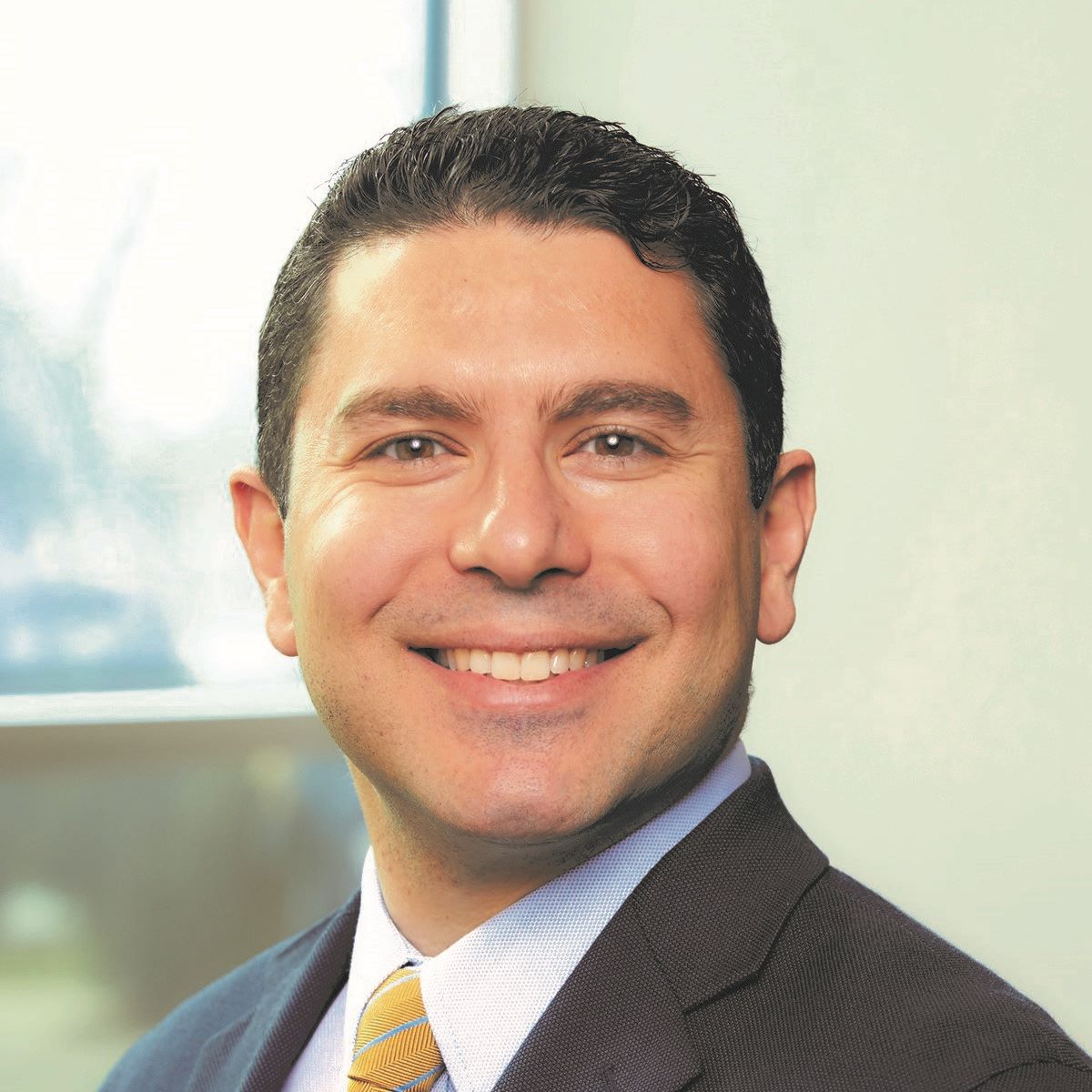Cardiovascular diseases are the leading cause of death worldwide, responsible for nearly 17.9 million deaths every year, according to WHO. Public health programs have historically focused on blanket, one-size-fits-all interventions such as encouraging healthy diets, regular physical activity, smoking cessation, and screening for known risk factors like obesity, hypertension, and high cholesterol. While this approach has saved millions of lives, it ignores a critical dimension: genetic makeup. Not everyone has the same biological risk. Traditional models can overlook individuals who appear healthy on paper but may carry hidden vulnerabilities
Advertisement
OCT-derived virtual flow reserve predicts 2-year vessel failure post-PCI, adding physiologic insight to anatomic assessment.
The researchers successfully generated vascularized organoids that are scalable and reproducible.
SGLT2 inhibitors are reshaping heart failure treatment—beyond glucose, they’re improving outcomes across the board.
OCTIVUS shows PCI outcomes improve with EAPCI-defined stent optimization, regardless of imaging modality.
GADD45A deletion in mice led to cardiac fibrosis, inflammation, and hypertrophy, highlighting its protective role.
Patients experienced a median 57.6-month delay from first symptoms to ATTR-CM diagnosis, study finds.
Expert Interviews on Cardiology
Cardio Care Today News delivers the latest medical industry news, giving healthcare professionals the curated content most relevant to their fields and practices.
Get the latest medical updates and insights straight to your inbox.













 © 2025 Mashup Media, LLC, a Formedics Property. All Rights Reserved.
© 2025 Mashup Media, LLC, a Formedics Property. All Rights Reserved.